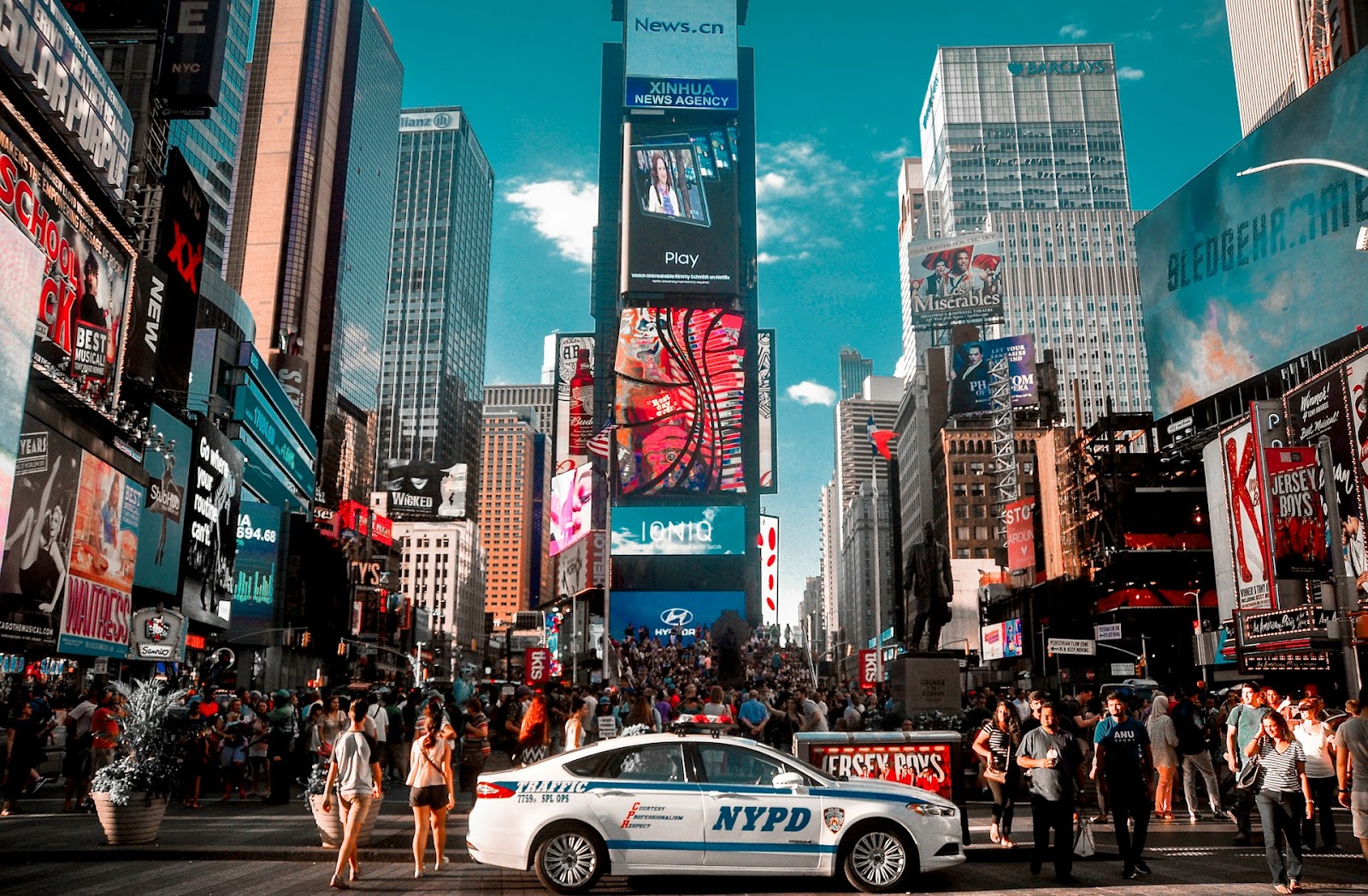FOIA Redaction Software: Must-Have Features for Law Enforcement IT Teams
FOIA redaction software must-have features for law enforcement teams: AI automation, compliance tools, and seamless integration to process video.
Body-worn cameras have become essential tools in modern law enforcement, providing accountability, transparency, and crucial evidence.
However, the unfortunate reality is that for every hour of footage recorded, there are often more hours spent reviewing, redacting, logging, and drafting reports. Taking up crucial police time and resources.
AI tools already exist to bridge the gap between raw video and usable documentation, saving time, reducing burnout, and improving outcomes for departments nationwide.
Here's a complete guide on everything your department needs to know.
The numbers tell the story. With 80% of large police departments now using body-worn cameras, we're looking at massive volumes of video to process.
The Los Angeles Police Department alone collects 14,000 video clips daily. Oakland's 600 cameras generate seven terabytes of data monthly—the equivalent to 1,500 feature films.
Manual review has become the bottleneck.
Human reviewers can examine less than 1% of body camera footage because reviewing one hour of video takes well over an hour when you factor in pausing, rewinding, and note-taking.
Officers are spending 40-60% of their time on administrative tasks instead of patrol duties, and that's creating real problems.
The mental toll is significant, too.
Manual transcription is time-intensive and mentally draining. Officers end up spending hours transcribing details they already experienced firsthand.
Add fatigue and time pressure to the mix, and you've got a recipe for potentially missed details and inconsistencies that can impact case outcomes.

AI technology is transforming this process by tackling the most labor-intensive aspects of body camera review.
Modern systems can process audio and video to automatically detect and transcribe key dialogue, generate detailed searchable notes that improve recall accuracy, and tag important moments for faster review.
The integration capabilities are equally impressive.
These AI solutions work with your existing unified digital evidence platforms, creating streamlined workflows that fit into current processes.
What's particularly valuable is that solutions like CLIPr ensure complete data ownership with no hidden fees or unexpected charges—something that matters when you're managing sensitive law enforcement data.
CLIPr transforms body-worn camera audio into draft police reports using AI technology. The system seamlessly integrates with existing video and digital evidence systems while offering searchable, timestamped records that ensure FOIA-ready documentation.
The key distinction here is that CLIPr assists with drafting notes and ensuring a complete record—the officer remains in control of the final report based on their experience, training, and professional judgment. It's about supporting officers, not replacing their expertise.
An important note: AI tools don't replace officers—they support them.
Body camera footage is only valuable if it can be reviewed, understood, and used effectively. AI shortens the path from footage to filing, enabling smarter policing without added strain on already stretched departments.
The technology recognizes that officers need to focus on what they do best: protecting and serving their communities. When the administrative burden decreases, operational effectiveness increases.
The demands on law enforcement continue to grow, but technology is catching up. AI-powered review tools like CLIPr are helping agencies reduce paperwork bottlenecks, improve accuracy, and keep more officers where they belong: protecting their communities.
Ready to see how AI can streamline your body camera review process?
Schedule a demo with CLIPr today.